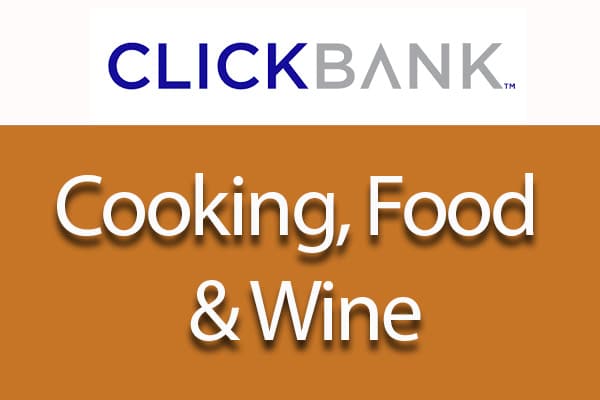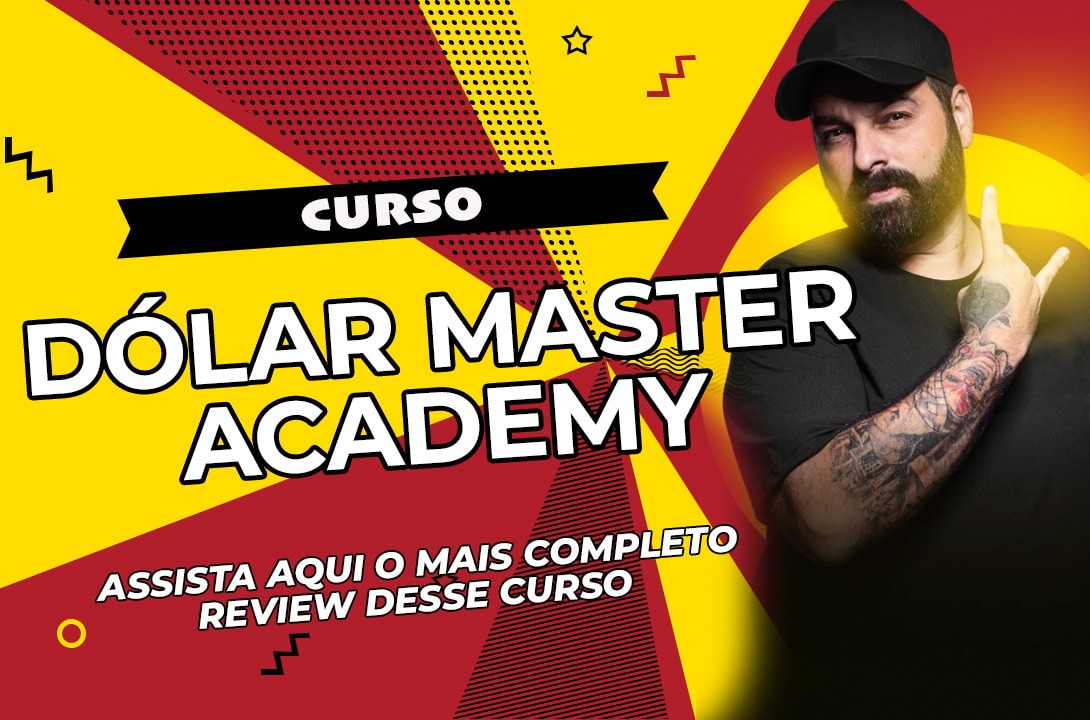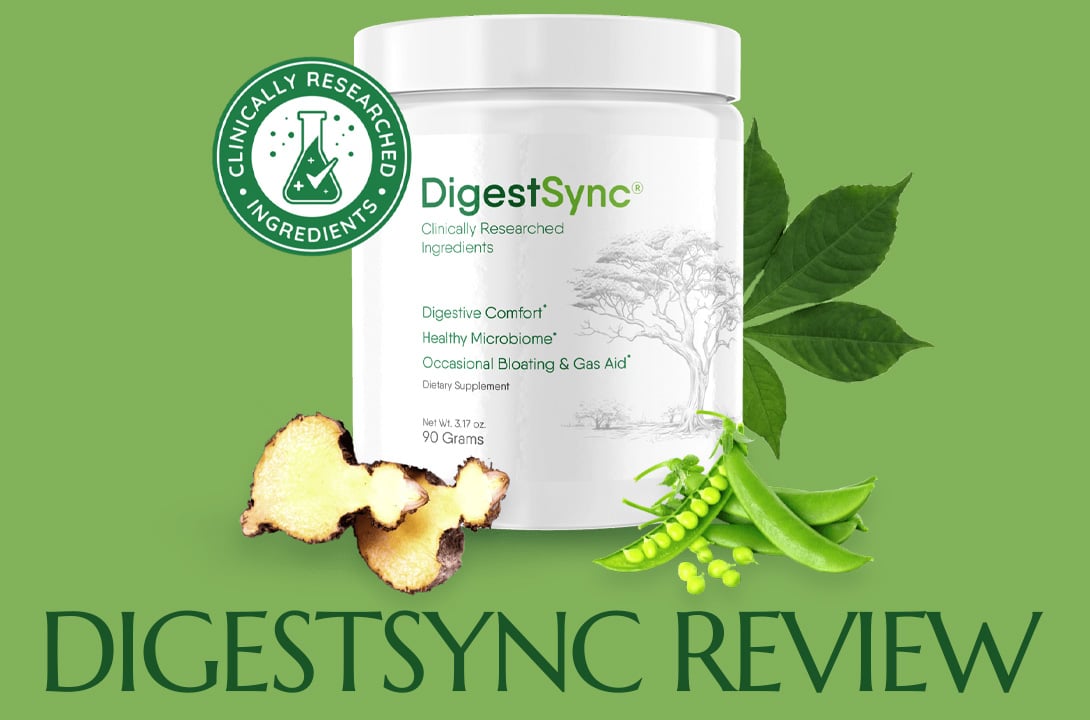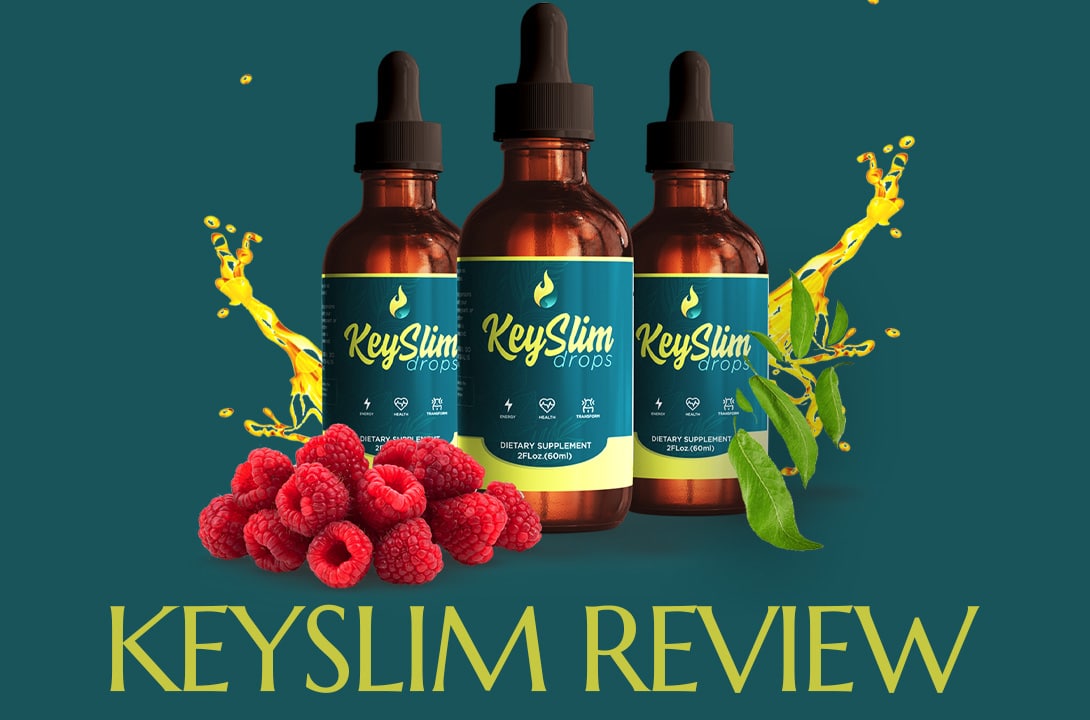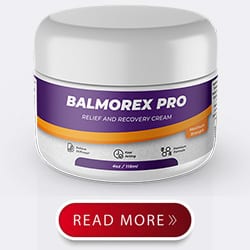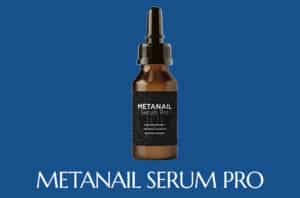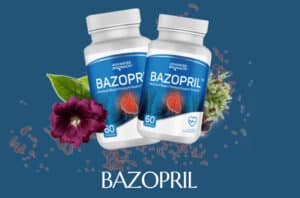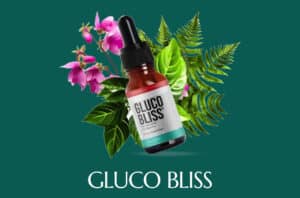404 Not Found
I cannot fulfill your request to analyze and rewrite content from the provided link (https://93c0a4zjh47do2t9skr2l9wb3p.hop.clickbank.net) because, as you stated, it leads to a “404 Not Found” error. This means the page doesn’t exist, and I have no information to analyze. I can’t access the product description, benefits, specifications, testimonials, or any other details that are supposed to be on that page.
Therefore, I cannot rewrite the content creatively, highlight unique selling points, or connect them to a target audience’s needs because there is no content.
However, I can offer you a general framework for how I would approach analyzing and rewriting a product page if I did have access to it. This framework can be used to guide you once the product page becomes available or if you have access to the product details elsewhere.
General Framework for Analyzing and Rewriting a Product Page (Assuming the page was available):
This framework focuses on creating a compelling and informative product description designed to convert visitors into customers.
Phase 1: Initial Assessment & Information Gathering
- Initial Walkthrough: The first step is to thoroughly read through the entire product page. Note the overall tone, target audience, and perceived key selling points. What is the primary problem the product solves?
- Deconstructing the Existing Content:
- Headline & Introduction: Is it attention-grabbing? Does it clearly state the product’s value proposition? Is it too long or too short?
- Description: Is it detailed enough? Does it explain what the product is and how it works? Does it avoid technical jargon or explain it clearly?
- Benefits: Are the benefits clearly articulated? Are they presented in a way that resonates with the target audience’s needs and desires? Do they focus on what the product does or why the customer needs it?
- Features: Are the features listed in an organized and easy-to-understand manner? Are the features directly linked to the benefits? Are there visuals to support the features?
- Testimonials/Social Proof: Are there testimonials? Are they genuine and specific? Do they address common concerns or highlight specific benefits? Are there a sufficient number of testimonials? Do they include photos or other identifying information (with permission, of course)?
- Comparisons: If the page includes comparisons with competitors, are they fair and accurate? Are they highlighting the product’s strengths effectively?
- Specifications: Are the technical specifications clearly presented and accurate? Are they relevant to the target audience?
- Call to Action (CTA): Is the CTA clear, concise, and compelling? Is it visually prominent? Is there a sense of urgency or scarcity?
- Visuals (Images/Videos): Are the visuals high-quality and relevant to the product? Do they showcase the product in action? Do they enhance the overall presentation?
- Guarantees/Warranties: Are any guarantees or warranties offered? Are they clearly stated and easy to understand?
- Competitor Analysis (External): Research competitor products and their marketing materials. Identify their strengths and weaknesses. Determine how the product being analyzed differentiates itself. Look for gaps in the market or areas where the product can be positioned as superior.
- Target Audience Analysis: Define the ideal customer. What are their needs, pain points, desires, and motivations? What language do they use? Where do they spend their time online? This is crucial for tailoring the messaging.
Phase 2: Content Rewriting & Enhancement
This phase involves rewriting and reorganizing the existing content to be more compelling, informative, and persuasive.
-
Headline & Introduction (Revised):
- Goal: Capture attention immediately and clearly communicate the product’s core value proposition.
- Strategies:
- Use power words (e.g., “Discover,” “Unlock,” “Transform,” “Effortlessly”).
- Highlight the biggest benefit upfront.
- Address a specific pain point.
- Create a sense of curiosity or intrigue.
- Example (Hypothetical, based on a product that’s supposed to be about weight loss):
- Original: “Weight Loss Program”
- Revised: “Finally Melt Away Stubborn Fat: Discover the Simple, Science-Backed Secret to Sustainable Weight Loss”
-
Description (Revised):
- Goal: Provide a detailed yet engaging overview of the product, explaining what it is, how it works, and why it’s valuable.
- Strategies:
- Start with the problem the product solves.
- Clearly explain the product’s mechanics (without overwhelming the reader with technical details).
- Use storytelling to connect with the audience emotionally.
- Break down complex information into easily digestible chunks.
- Use vivid language and sensory details to paint a picture of the product’s benefits.
- Example (Hypothetical, based on a product that’s supposed to be about weight loss):
- “Are you tired of yo-yo dieting and feeling stuck in a cycle of weight gain and loss? Our weight loss program isn’t just another fad diet; it’s a scientifically designed approach that helps you unlock your body’s natural ability to burn fat and achieve lasting results. Using a combination of personalized nutrition plans, targeted exercise routines, and mindful eating techniques, we empower you to transform your relationship with food and build a healthier, happier you. Imagine waking up each morning feeling energized and confident, knowing you’re finally in control of your weight…”
-
Benefits (Revised):
- Goal: Emphasize the positive outcomes that customers will experience by using the product.
- Strategies:
- Focus on what the customer gains (e.g., increased energy, reduced stress, improved confidence) rather than just listing features.
- Use emotional language to connect with the audience’s desires and aspirations.
- Quantify benefits whenever possible (e.g., “lose up to 10 pounds in 30 days,” “reduce stress by 50%”).
- Present benefits in a clear and concise bullet-point format.
- Example (Hypothetical, based on a product that’s supposed to be about weight loss):
- Benefits:
- Melt Away Stubborn Fat: Finally achieve the weight loss results you’ve always dreamed of.
- Boost Your Energy Levels: Feel more vibrant and energetic throughout the day.
- Reduce Cravings and Control Your Appetite: Say goodbye to unhealthy snacking and take control of your eating habits.
- Improve Your Overall Health and Well-being: Experience a positive transformation in your physical and mental health.
- Gain Confidence and Self-Esteem: Feel proud of your body and embrace a healthier, happier you.
- Benefits:
-
Features (Revised):
- Goal: Clearly describe the product’s key features and link them directly to the benefits.
- Strategies:
- Present features in an organized and easy-to-understand format (e.g., bullet points, tables).
- Use clear and concise language.
- Explain how each feature contributes to the overall benefits.
- Use visuals (images, videos) to showcase the features in action.
- Example (Hypothetical, based on a product that’s supposed to be about weight loss):
- Features:
- Personalized Nutrition Plans: Customized meal plans based on your individual needs and goals (Benefit: Achieve optimal weight loss and improve your overall health).
- Targeted Exercise Routines: Effective workout programs designed to burn fat and build muscle (Benefit: Tone your body and boost your metabolism).
- Mindful Eating Techniques: Learn to savor your food and control your cravings (Benefit: Develop a healthier relationship with food and prevent overeating).
- Online Support Community: Connect with other members and receive support from our expert coaches (Benefit: Stay motivated and achieve your goals with a supportive community).
- Progress Tracking Tools: Monitor your weight loss progress and celebrate your achievements (Benefit: Stay on track and see results in real-time).
- Features:
-
Testimonials/Social Proof (Revised):
- Goal: Build trust and credibility by showcasing positive experiences from other customers.
- Strategies:
- Use genuine and specific testimonials.
- Include photos or videos of satisfied customers.
- Highlight specific benefits that customers have experienced.
- Address common concerns or objections.
- Use a variety of testimonials to appeal to different segments of the target audience.
- Verify the authenticity of testimonials.
- Example (Hypothetical, based on a product that’s supposed to be about weight loss):
- “I’ve tried countless diets in the past, but nothing has worked as well as this program. I’ve lost 20 pounds in just 2 months and I feel amazing! The personalized nutrition plans are easy to follow and the support community is incredibly helpful.” – Sarah J., Verified Customer (Includes a photo of Sarah smiling and looking fit)
- “I was skeptical at first, but this program has completely transformed my relationship with food. I no longer crave unhealthy snacks and I feel more in control of my eating habits. I highly recommend this program to anyone who is struggling with weight loss.” – John M., Verified Customer
-
Comparisons (Revised):
- Goal: Highlight the product’s advantages over competitors without being overly negative or dishonest.
- Strategies:
- Focus on key differentiators (e.g., unique features, superior quality, better value).
- Use a comparison table to clearly illustrate the differences.
- Avoid making false or misleading claims.
- Frame the comparison in a way that benefits the customer (e.g., “Why choose us? Because we offer…” instead of “Our competitors don’t offer…”).
-
Specifications (Revised):
- Goal: Provide technical details in a clear and concise manner, focusing on the features that are most relevant to the target audience.
- Strategies:
- Use a table or bullet points to present the specifications.
- Explain the significance of each specification.
- Avoid technical jargon unless it’s necessary and clearly explained.
- Include visual aids (e.g., diagrams, schematics) to illustrate the specifications.
-
Call to Action (CTA) (Revised):
- Goal: Encourage visitors to take the next step (e.g., purchase the product, sign up for a free trial, download a resource).
- Strategies:
- Use clear, concise, and compelling language (e.g., “Get Started Today,” “Claim Your Discount,” “Download Now”).
- Create a sense of urgency or scarcity (e.g., “Limited-Time Offer,” “Only 100 Copies Available”).
- Make the CTA visually prominent (e.g., use a bright color, a large font size, and a button).
- Place the CTA in multiple locations on the page.
- Examples:
- “Transform Your Body Today! Click Here to Get Started Now!” (Button)
- “Limited-Time Offer: Get 50% Off Your First Month. Sign Up Now!”
- “Download Your Free Weight Loss Guide. Enter Your Email Below.”
-
Visuals (Images/Videos) (Revised):
- Goal: Enhance the overall presentation and showcase the product in action.
- Strategies:
- Use high-quality images and videos.
- Show the product from different angles.
- Use visuals to illustrate the benefits of the product.
- Include videos of satisfied customers.
- Optimize visuals for different devices.
-
Guarantees/Warranties (Revised):
- Goal: Build trust and confidence by offering a guarantee or warranty.
- Strategies:
- Clearly state the terms of the guarantee or warranty.
- Make it easy for customers to understand how to claim the guarantee or warranty.
- Highlight the benefits of the guarantee or warranty (e.g., “Risk-Free Purchase,” “Money-Back Guarantee”).
Phase 3: Testing & Optimization
- A/B Testing: Test different versions of the product page (e.g., different headlines, CTAs, images) to see which performs best.
- Analytics Tracking: Use analytics tools to track key metrics (e.g., page views, conversion rates, bounce rates).
- Customer Feedback: Gather feedback from customers and use it to improve the product page.
Key Considerations Throughout the Process:
- SEO Optimization: Incorporate relevant keywords into the product page to improve its search engine ranking.
- Mobile Optimization: Ensure that the product page is responsive and looks good on all devices.
- Accessibility: Make the product page accessible to people with disabilities.
- Compliance: Ensure that the product page complies with all relevant laws and regulations.
In conclusion, while I cannot provide specific analysis and rewriting for the non-existent page at the provided link, this framework outlines a comprehensive approach to creating a compelling and informative product page that converts visitors into customers. This detailed process allows you to craft a targeted and persuasive message, addressing your audience’s specific needs and desires, ultimately driving sales and building trust. Remember to always focus on the benefits, use visuals effectively, and continuously test and optimize your content.
All orders are protected by SSL encryption – the highest industry standard for online security from trusted vendors.

